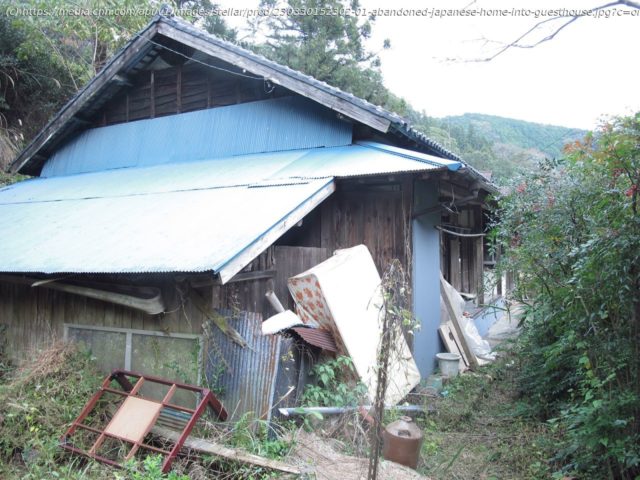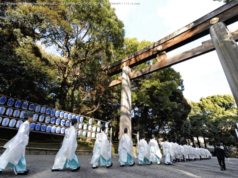Array
Editor’s Note: Sign up for Unlocking the World, CNN Travel’s weekly newsletter. Get the latest news in aviation, food and drink, where to stay and other travel developments.
However, there were a couple of major stumbling blocks in their way. To start with, Kajiyama had very little money to speak of after years of globetrotting around destinations like Korea, Taiwan, India, Nepal, Guatemala, Cuba and Canada.
“I wanted to have a traditional house in the countryside,” Kajiyama tells CNN Travel, explaining that he was determined to find two houses located next to each other, so that he and Hila could live in one, while the other would be a guesthouse that they’d run together. “I had a vision.”
Guesthouse dream
When he was unable to find anything that met his requirements, Kajiyama decided to shift his search to include the growing number of abandoned homes in the country.
As younger people ditch rural areas in pursuit of jobs in the city, Japan’s countryside is becoming filled with “ghost” houses, or “akiya.”
According to the Japan Policy Forum, there were 61 million houses and 52 million households in Japan in 2013, and with the country’s population expected to decline from 127 million to about 88 million by 2065, this number is likely to increase.
Kajiyama was driving around Tamatori, a small village located in the Shizuoka prefecture, between Kyoto and Tokyo, surrounded by green tea plantations and rice fields, when he came across an elderly woman farming, and decided to approach her.
“I said ‘Do you know if there are any empty houses around here?’ And she just pointed,” he recalls.
He looked over at the area that she was signaling to and spotted two neglected houses side by side – a former green tea factory and an old farmer’s home – located close to a river.
Both properties had been uninhabited for at least seven years and needed a huge amount of work. Kajiyama asked the woman to contact the owner to find out if they’d be interested in selling.
“The owner said that no one could live there, as it was abandoned,” he says. “But he didn’t say ‘no.’ Everybody was always saying ‘no.’ But he didn’t. So I felt there was a small chance.”
Ghost house
Kajiyama returned to visit the houses around five times, before going to visit the owner himself to negotiate an agreement that would see him use the old green tree factory as a home, and convert the farmer’s house into the guesthouse he’d always envisioned.
While he was keen to purchase both of the homes, he explains that the traditions around home ownership in Japan mean that he is unable to do so until it’s passed down to the son of the current owner.
“They said ‘if you take all the responsibility yourself, you can take it.’ So we made an agreement on paper,” he says.
Both he and Hila were aware that they had a lot of work ahead of them, but the couple, who married in 2013, were thrilled to be one step closer to having their own guesthouse in an ideal spot.
“It’s a very nice location,” says Kajiyama.






